January 4 2025 was a huge day for us. After months of planning, we finally planted 1000 Leucaena trees in Chisengu village in Chongwe for our agroforestry pilot project to restore the land and help farmers become resilient to extreme weather conditions.
We began preparing for this huge milestone months ago when we collected over 10,000 Leucaena seeds after holding climate awareness meetings in Chikwela, Kapuka and Chisengu villages in Chongwe.
The Problem
Soil Erosion is a big problem in Chongwe becuase most of the villages are in the mountains. This means that whenever it rains, water runs off, leaving the land degraded due to soil erosion.
The other problem for farmers in Chongwe is that synthetic fertilizers are expensive eventually destroys the land. This means that farmers cannot grow crops on the same piece of land so they have to move to another one where they have to cut down trees, which causes more deforestation.
The other problem, and one for this our projects exists, is that of deforestation. Most trees have been cut down for charcoal in Chongwe, leaving the land degraded because of the desruption to the water cycle which makes water run off and causes further desertification.
The Solution
To fix this, we introduced Leucaena for agroforestry. Leucaena is a nitrogen fixing tree that boosts soil fertility and can boost yields when planted with maize. Its leaves are nutritious fodder for cows and goats, animals that most farmers in Chisengu keep for livelihood.
Leucaena, when mature, can use used for firewood and charcoal. This reduces the reliance on the cutting of indegenous trees for fuel.
Leucaena also prevents soil erosion as it acts as a natural hedge, reducing land degradation in the mountainous villages of Chongwe.
We settled on Chisengu village to plant 1000 trees because the farmers there were keen to try out agroforestry. After the initial climate change awareness meeting there in December, more than 50 farmers asked to be given Leucaena seedlings to plant on pilot maize fields.
The day of planting 1000 trees
The days leading upto the 4th of January were exciting. We needed K800 for transport and for snacks, so we asked for donations from our followers on Facebook.
We found a van to hire and even paid down payment but on the day of the trip, the van didn’t show up. The driver’s phone went unanswered.
Desperate to make the trip, we found someone with an oxcart and they agreed to take us to Chisengu. Which was more fun even if it was slower.
We had a ‘small accident’ on the way. Because of the bumpy road, one of the pieces of wood at the bottom of the cart came off, dropping seedings and drinks on the road.
It was a humorous moment because Mr Zulu, a former head teacher who has been introducing us to village elders, sat in the middle of road picking up the seedlings and called for the camera so he could have his photo taken for the memories.
We arrived in Chisengu and found farmers waiting for us. The headman quickly welcomed us and started calling out names from a book of farmers who had registered to get seedlings from the first meeting.
After sharing the seedlings according to what each farmer had requested, we went to the headman’s maize field near Chongwe river to demonstrate how to space the Luecaena between the maize.
We then came back to have a drink and a biscuit before taking pictures and videos of farmers talking about what they learned.
One woman, Agnita Chisengu, said the women in the village all show up whenever they hear about any tree planting project.
“We don’t want to be left out,” she said. “We have seen the effects of drought on our crops and most boreholes have dried up so if these trees are going to help us get better yeilds then we want to plant them.” She said.
Headman Chisengu said he was happy we fulfilled our promise of giving the farmers to seedlings because they were eager to see how agroforestry would help them.
“You know most of the men in my village cut down trees for charcoal even when they know the and effect this has on the environment. So now that you have brought these trees, we want to see how they will help us.”
Way Forward
We are going back to Chisengu in a month to monitor the progress of the 1000 trees that have been planted. We plan to scale the agroforestry project to more than 500 farmers in the 2025-26 farming season.
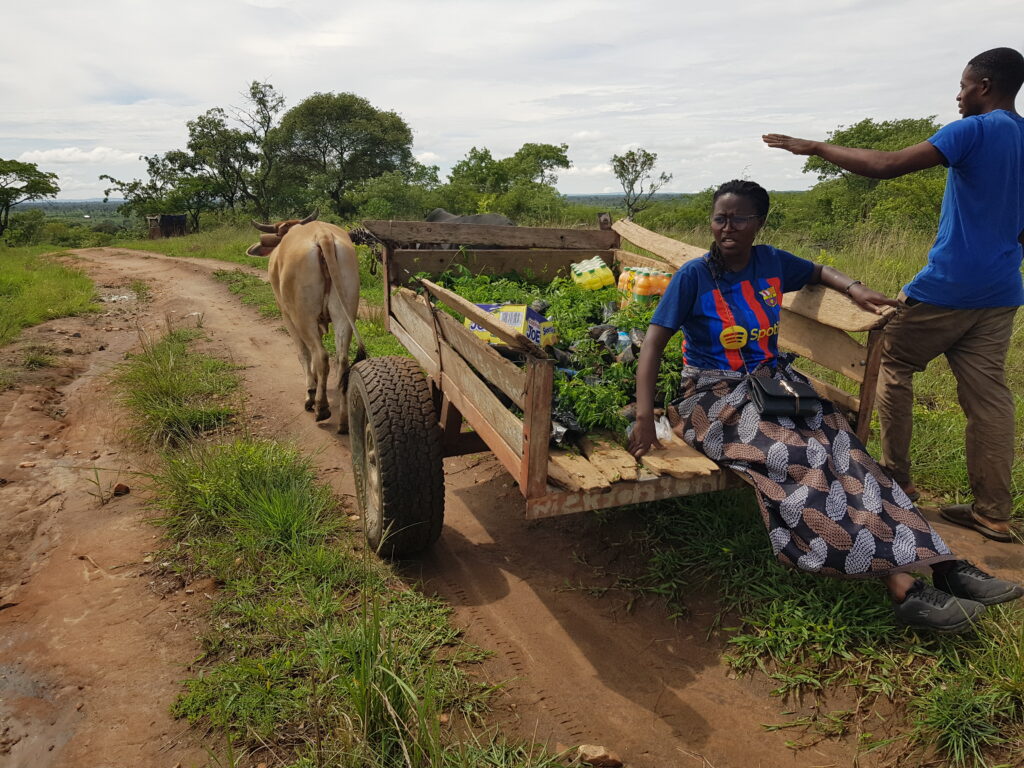
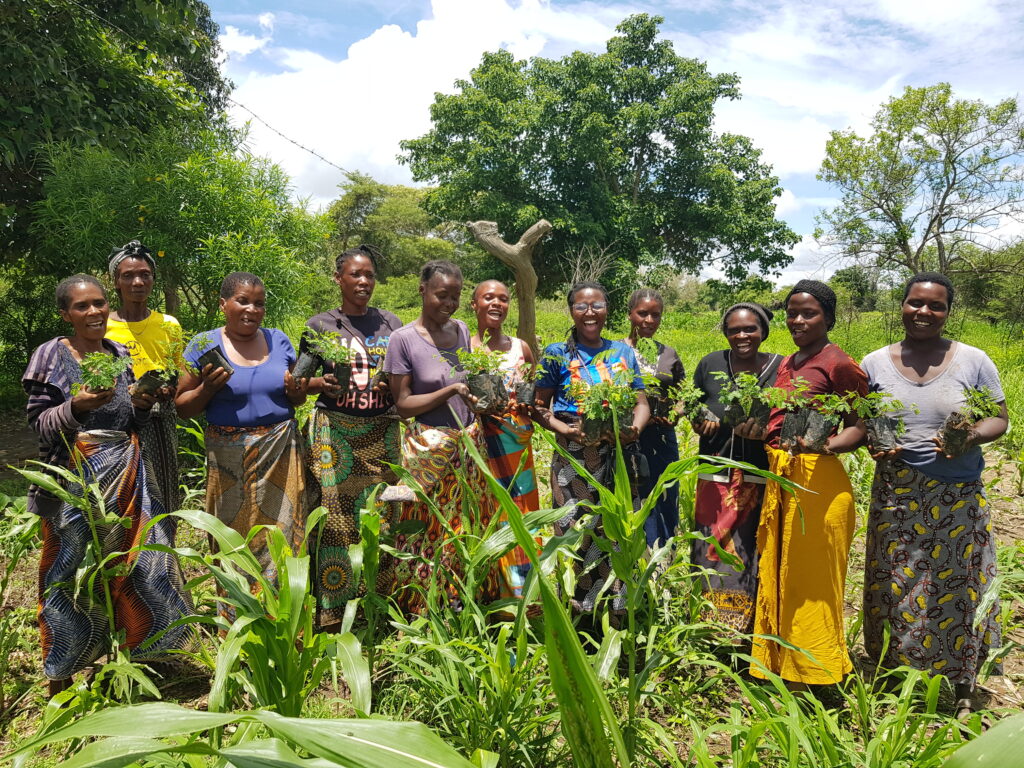
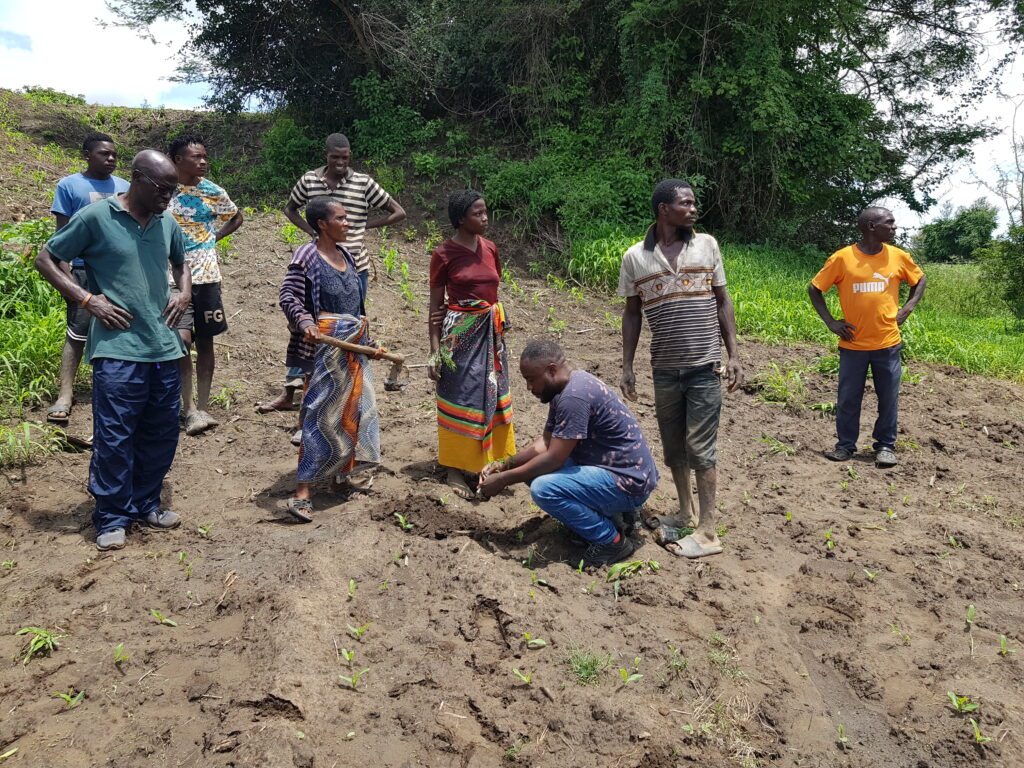
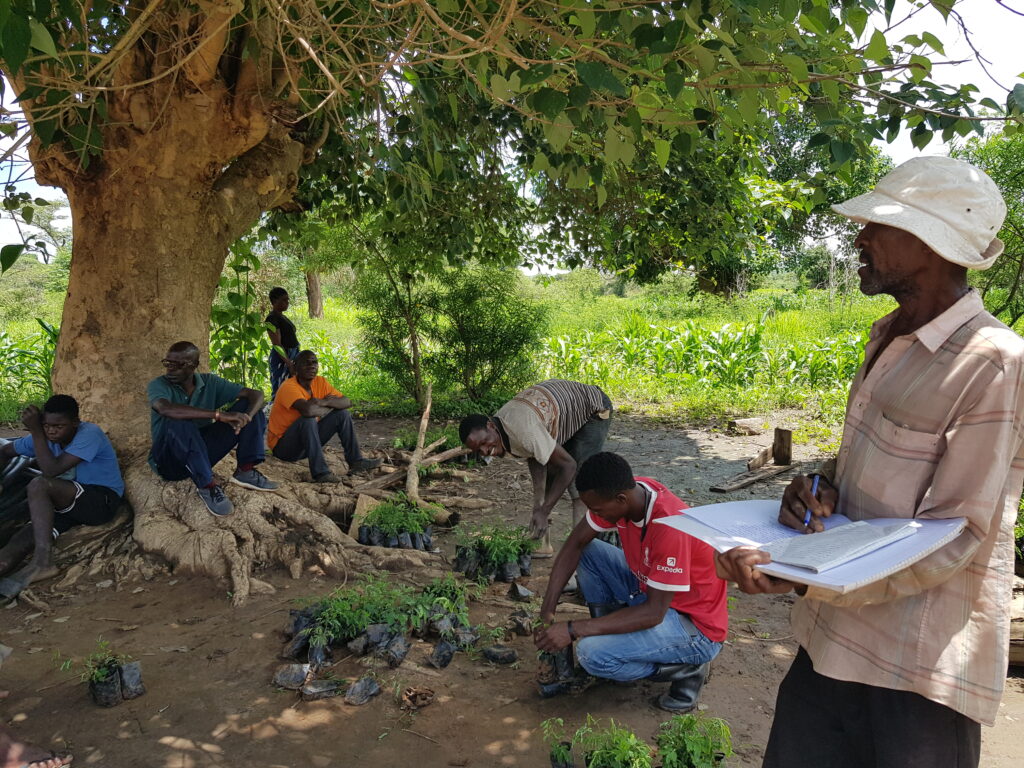
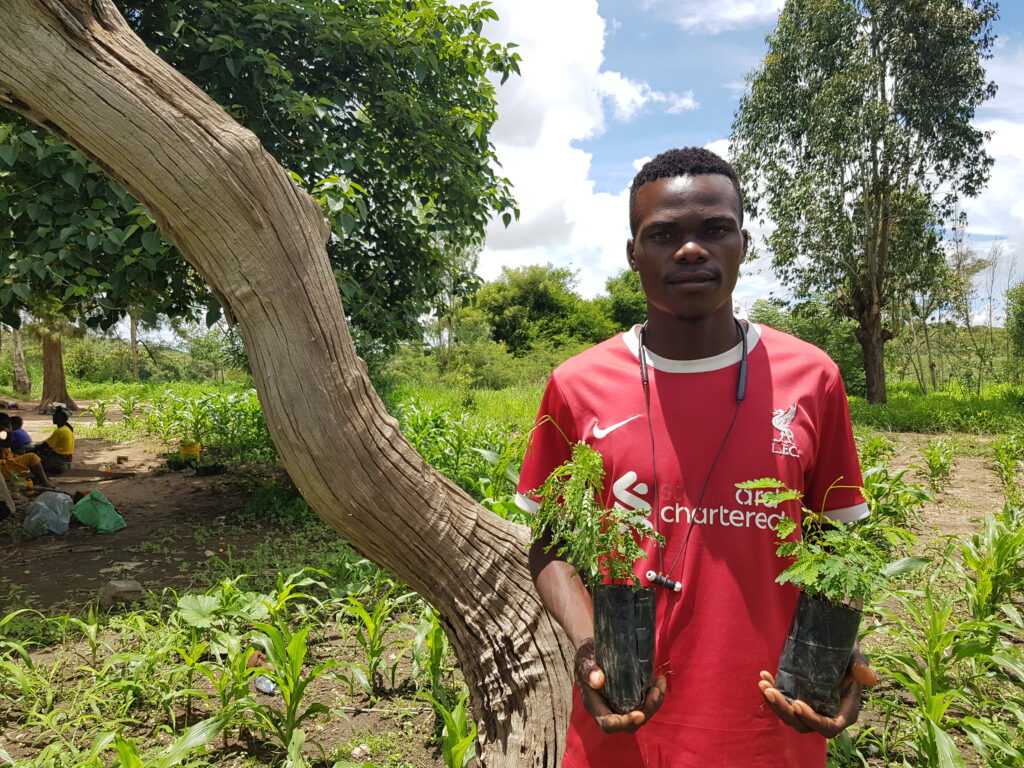
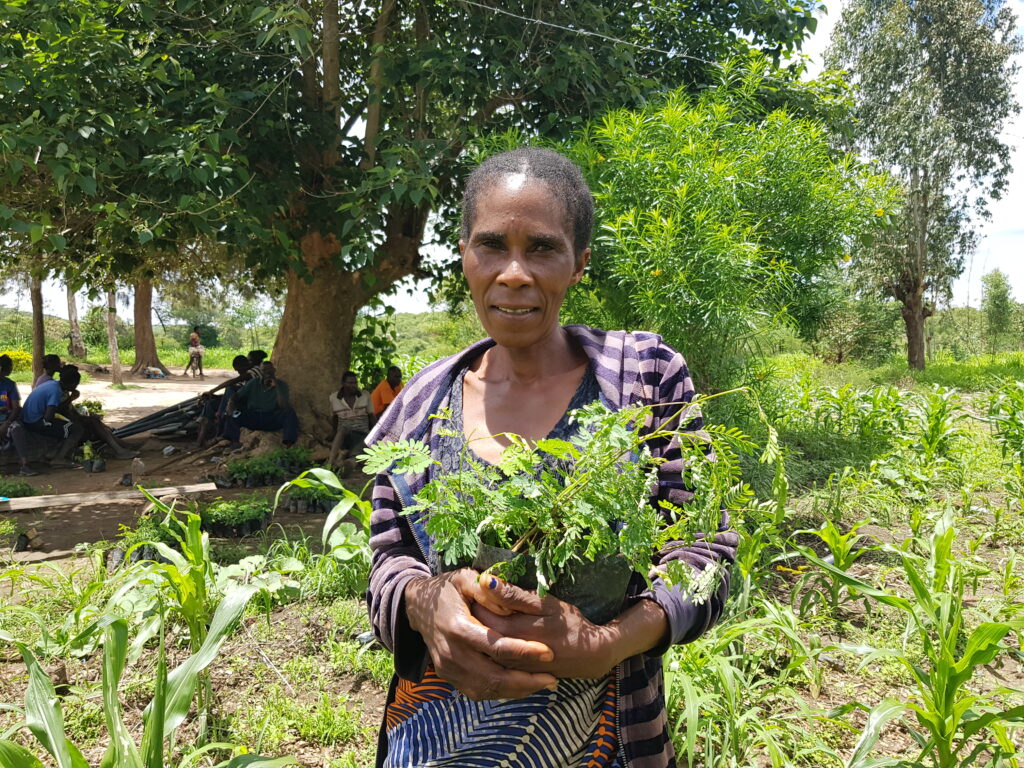
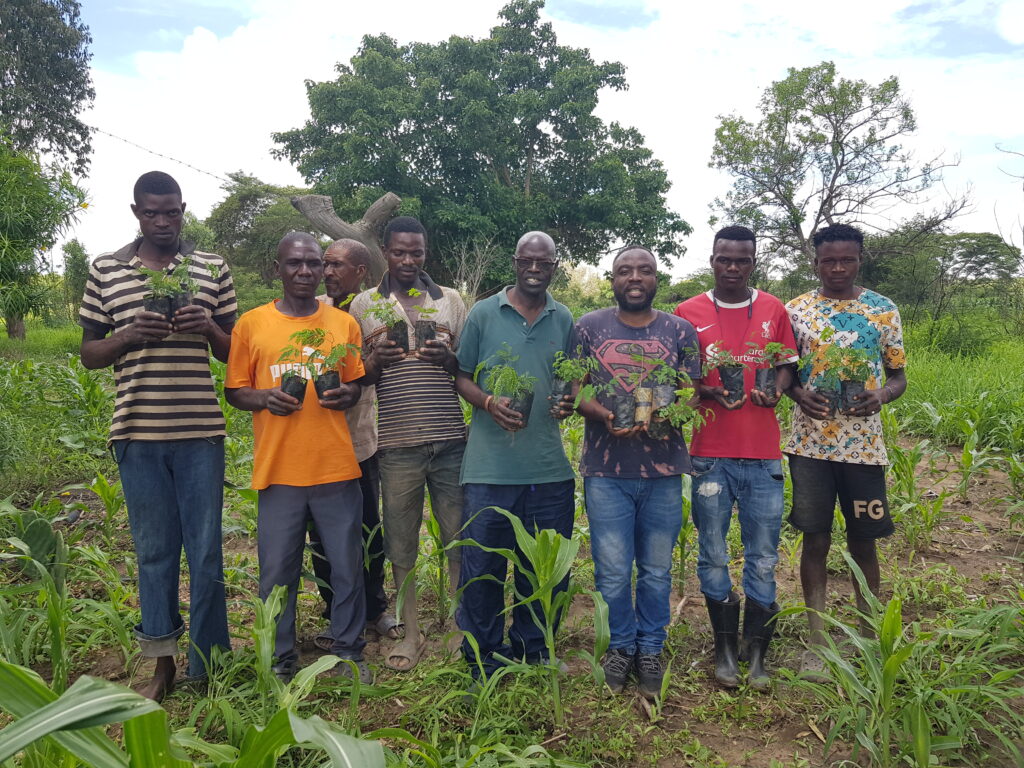
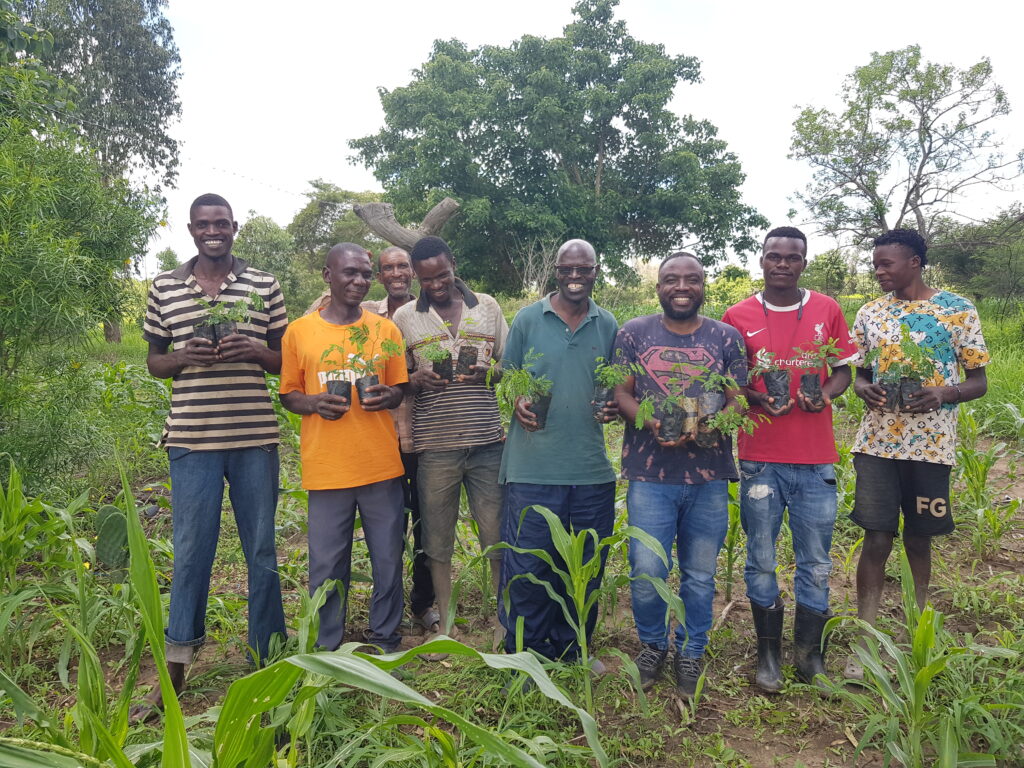
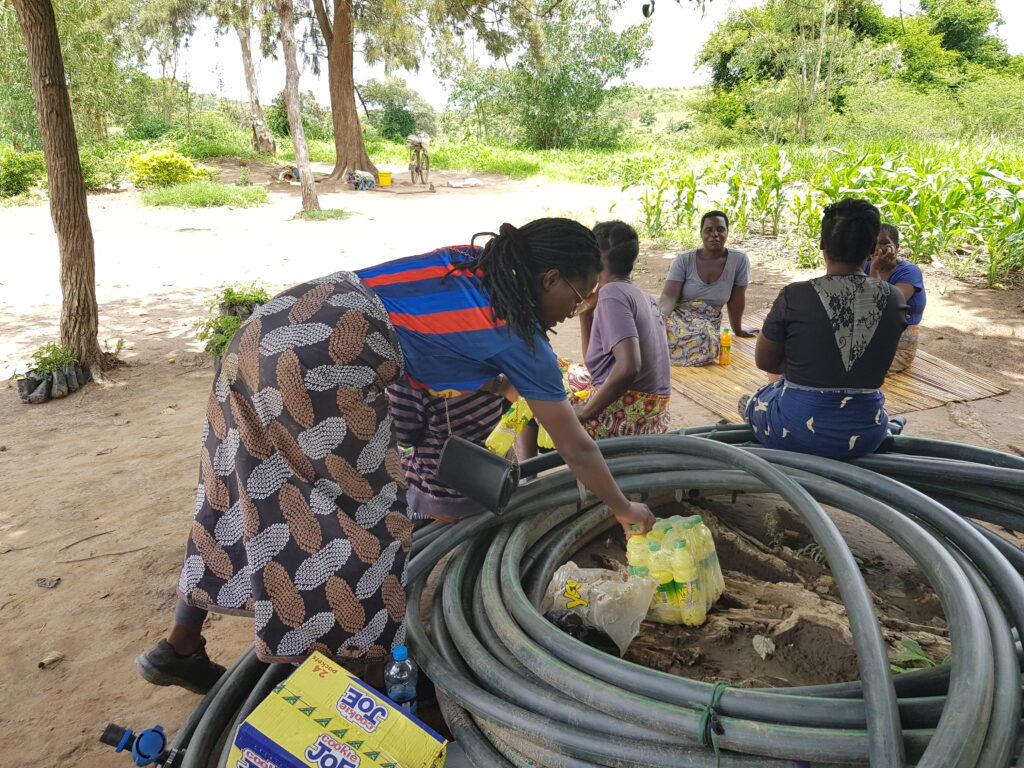
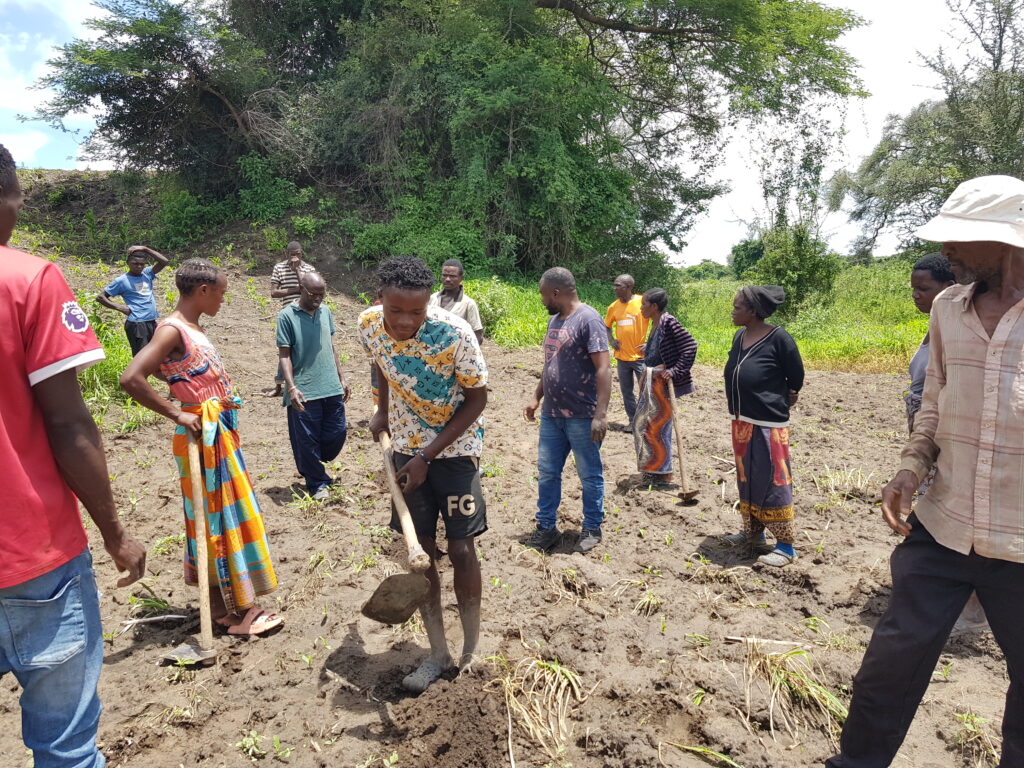
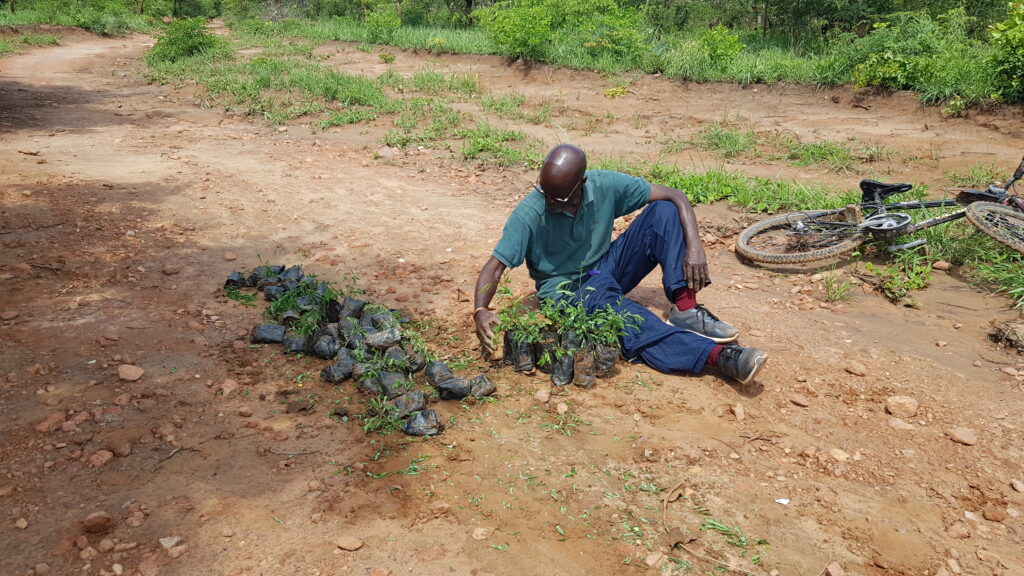

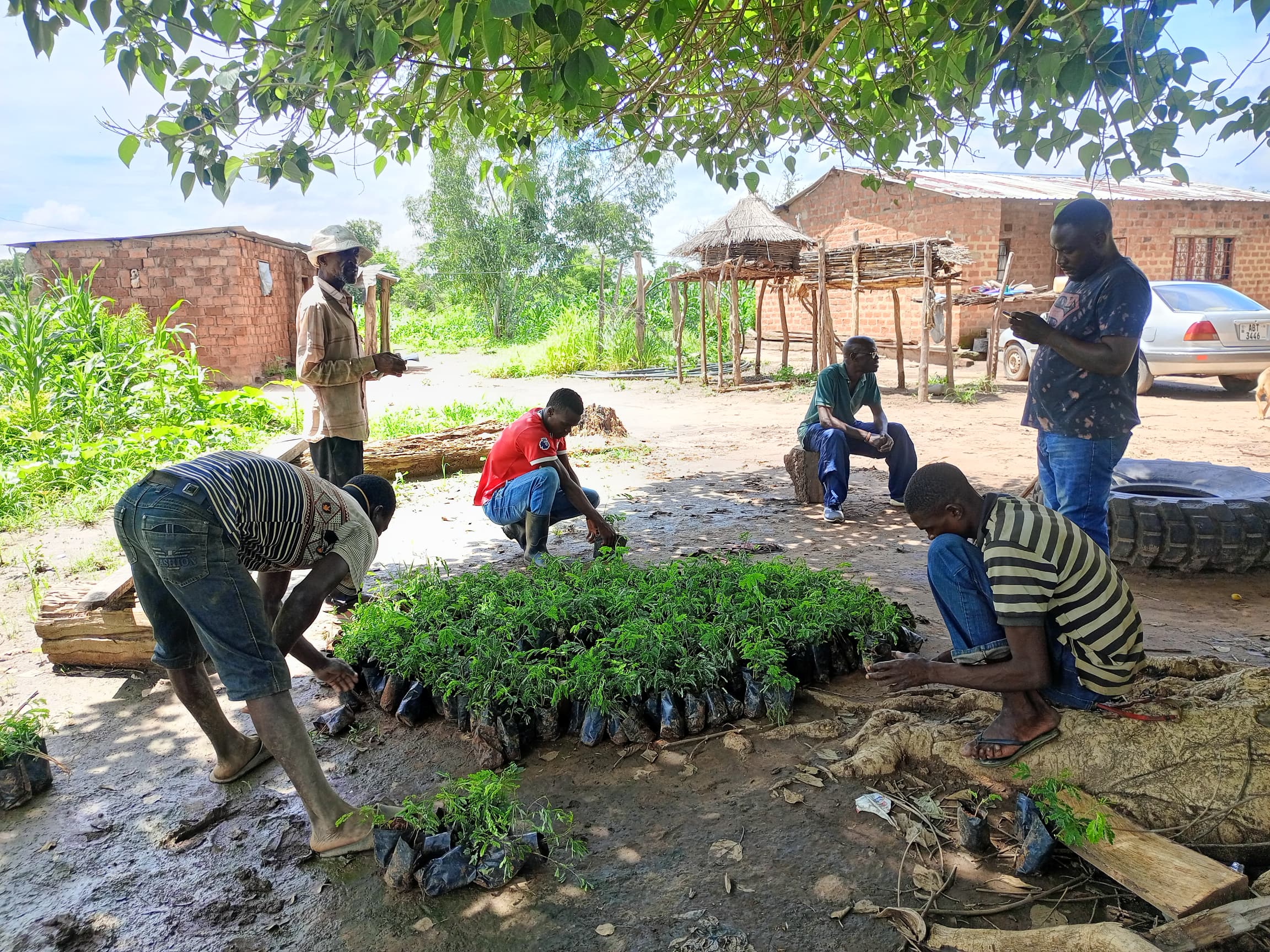
Inonge mwela
In a hectare how many trees should one plant ? At what spacing?
Hope Mkunte
Its best to see the land first